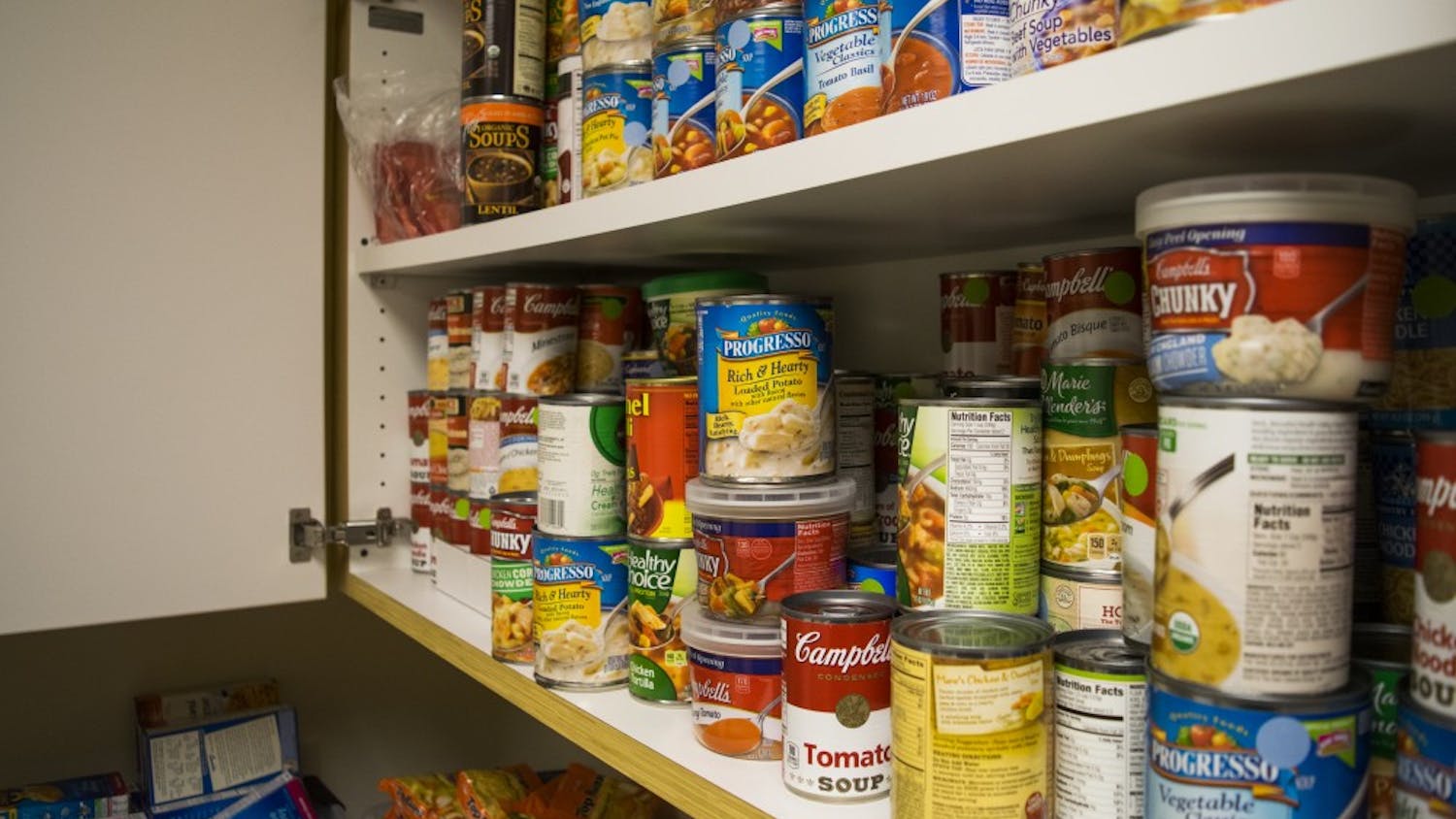Animation is often appreciated for its depiction of the fictional. The fevered dreams of animators and the exaggerated sight gags impossible with props and actors in the flesh. Films like Persepolis"" demonstrate how much more animation can do when applied to harsh reality.
Based on the series of graphic novels by the same title, the film follows the life of Marjane Satrapi, an Iranian girl who grows up during the Islamic Revolution. The film follows ""Marji"" from childhood in Iran after the Shah was overthrown to her adulthood, when the oppressive religious regime in power forced her from the country forever.
The film is beautiful in its representation of reality. Marji and her family are always in the foreground of the story, with school, her childhood and her experience with love being the focus of the plot. While political turmoil is always boiling in the background of the film, it is generally relegated to a dark backdrop, an unseen and unstable force that reaches into Marji's life unexpectedly to throw a wrench into any type of normalcy she can create for herself.
This emphasis on creating normalcy is what makes Marji's story so compelling. As the world around her crumbles into violence and fear, she needs to find ways to make a life for herself.
Marji goes through the stages every adolescent experiences as they absorb the culture around them, but she has to work harder to find a culture with which she can identify. She picks up Socialist values from her rebel uncle, shouting the evils of the bourgeois Shah while leading an assault on a neighborhood kid she insists is linked to the Shah's secret service. She begs her mother for 10 dollars to buy a bootleg Iron Maiden tape, a purchase that inspires her to wear a jacket proclaiming that ""Punk isn't ded"" over her school frock, to the dismay of her loyalist teachers.
The medium perfectly expresses Marji's story - Iran is drained of color, but it is no less animated as Marji plays with fellow children in the streets, chases a bus or dances at an underground party. Although the pall of oppression constantly hangs over Marji and her family, their faces always convey the joy they share with one another while together.
By the end, when the black and white turns to color, we are left to wonder why Marji's world has changed, and more importantly, what price she paid for it.
Some of the most brilliant moments of this film rely solely on the animation for character and emotional development, and would never work in any other medium. When Marji describes her awkward puberty phases, her body twists and contorts to her words on screen. Marji's parents describe the Shah's rise to power, which plays out as a dumb show on a darkened stage. The players, reduced to paper cutouts, yammer about their political back-alley deals as puppets in Marji's imagination. The training and use of suicide bombers is similarly handled, a grotesque scene imparted with a sense of humor to highlight how unreal the reality of Iran has become.
""Persepolis"" represents perfectly how an entertainment medium can convey the mingled moments of joy and misery that make up human existence. Humor and horror exist simultaneously, and the beautiful animation makes that apparent to the viewer in every scene.






